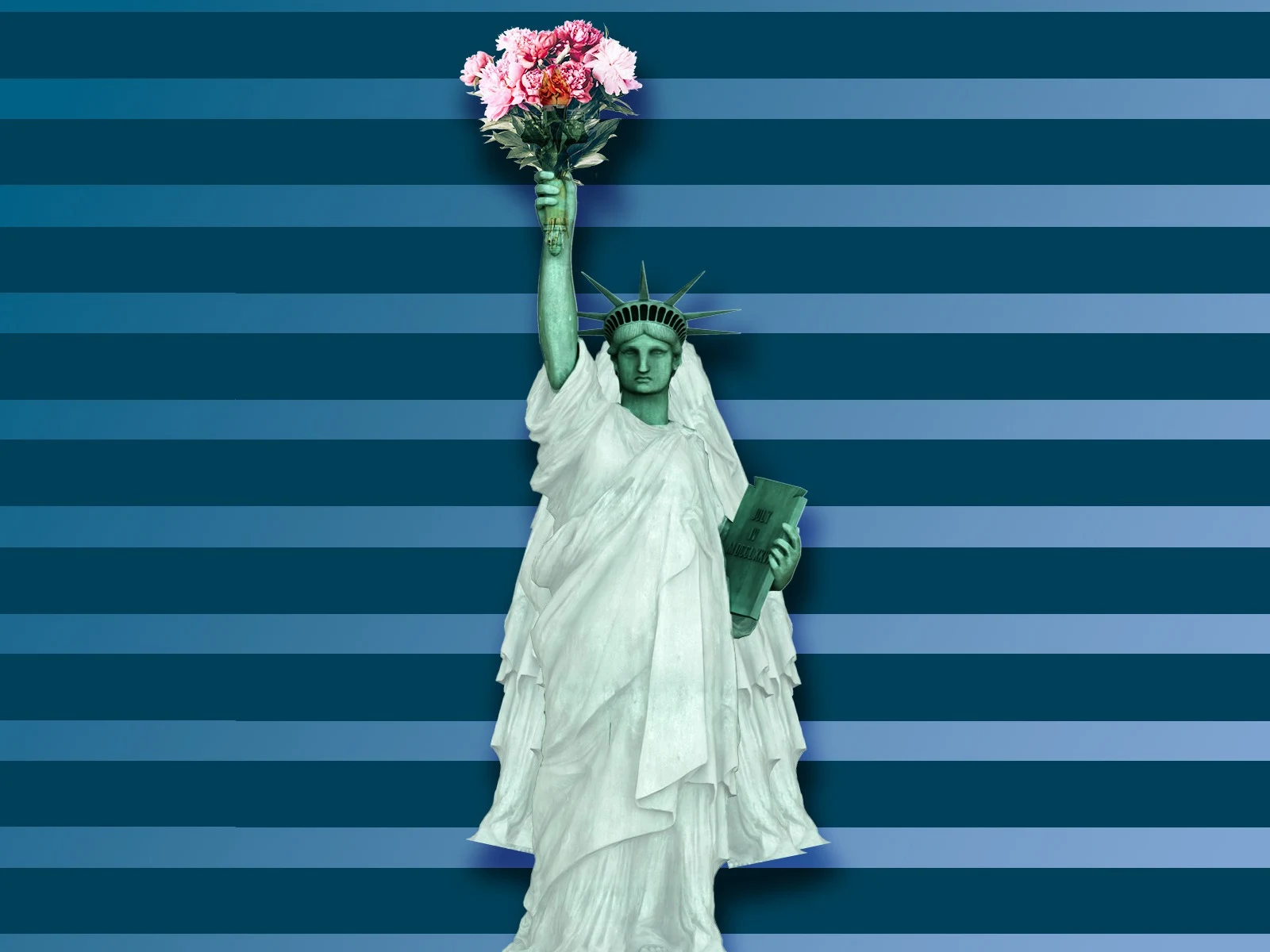Immigration has been a contentious issue for many countries worldwide, but allowing new people in can raise the economic prospects for families and national economies.
Analyzing data from the 1910s and 1920s following the influx of millions of new arrivals shows how US-born individuals living in cities that received more immigrants were more likely to marry, have children, and leave their childhood homes sooner. The reason: Immigrant workers helped fuel economic growth that led to better job prospects for US-born men, making them more financially secure to start families and advance the nation’s workforce for generations to come.
Our study shows there are many added benefits of immigration ... such as creating a younger population capable of working and paying taxes for years to come.
Forthcoming in the Journal of Economic History, “Happily Ever After: Immigration, Natives’ Marriage, and Fertility” reveals previously-hidden social and economic benefits of immigration, says coauthor Harvard Business School Assistant Professor Marco Tabellini. In an era of falling birthrates and against the backdrop of heated political debates, the paper shows how families connect more broadly to economic growth and a thriving workforce.
“This is something that perhaps is counterintuitive to many who are worried today about the possible negative economic effects of immigration on US-born natives,” says Tabellini, who cowrote the study with Harvard Kennedy School Associate Professor Michela Carlana. “Our study shows there are many added benefits of immigration, some of them not so immediately evident, such as creating a younger population capable of working and paying taxes for years to come.”
Families during the ‘Age of Mass Migration’
For their study, Tabellini and Carlana examined how the inflow of immigrants to US cities between 1910 and 1930 affected family formation among US-born people.
Fleeing poor economic prospects and encouraged by relatively open borders, more than 30 million Europeans sought the American dream between 1850 and 1915, an era historians call the “Age of Mass Migration.”
The researchers analyzed US Census data covering people in 180 cities, before and after the passage of the Immigration Acts of 1921 and 1924 slowed arrivals.
Among their findings:
A 5 percentage point increase in immigration raised native-born Americans’ marriage rates and the children-to-women ratio by 2 percent and 3 percent, respectively.
Increased immigration raised the marriage rate for some young native-born women by 3.4 percent and for some men by 4 percent.
More women not only became mothers, but more opted to have more than one child.
Immigration encouraged US-born people to leave their parents’ homes earlier to establish independent families.
Better job prospects for men
A growing economy fueled by immigration created new jobs or other employment opportunities for native-born men, explains Tabellini.
The issues of immigration in a polarized political world can get complicated.
For every 10 new immigrants, one-and-a-half more jobs were created for native-born men between the ages of 20 and 25. These jobs also tended to be safer and higher paying, as native-born workers moved away from lower-skill professions where immigrants tended to compete for wages.
“It allowed and encouraged them to seek higher paying jobs,” says Tabellini. “It’s not necessarily that the immigrants were taking their jobs.”
But what about today?
Tabellini, who has analyzed US immigration for years, stresses that the new study doesn’t assert that countries will see the same marriage, fertility, and family formation trends from migration today. Too much has changed over the past century to make such a claim, he says, adding that more women have joined the workforce and are less dependent on men for income.
“We have to be careful when comparing the two eras,” Tabellini says. Nonetheless, he asserts, the same general principles are likely at work today as they were in the early 1900s—that increased prosperity can and often does create ripples of positive outcomes.
“The issues of immigration in a polarized political world can get complicated,” says Tabellini. “You can’t say immigration is always good; immigration can—and does—have costs, especially when migration flows are very large and concentrated temporally. But we can say that immigrants have been extremely important for American economic development in the past—and they continue to be very important, and continue to promote economic growth today.”
Image by Ariana Cohen-Halberstam for HBSWK.


